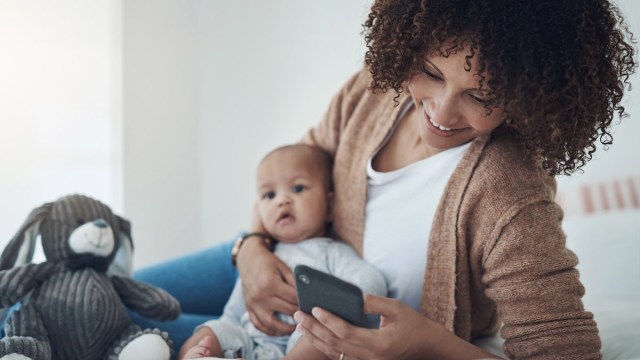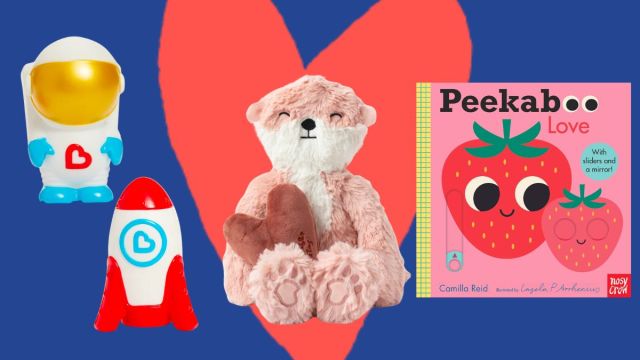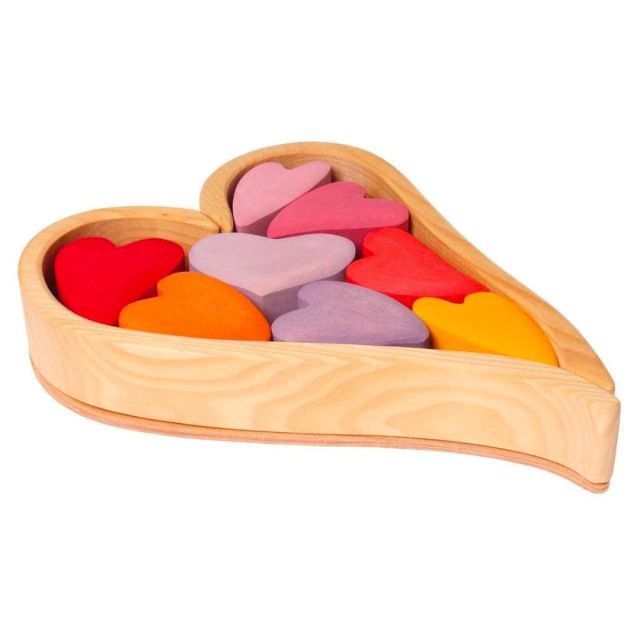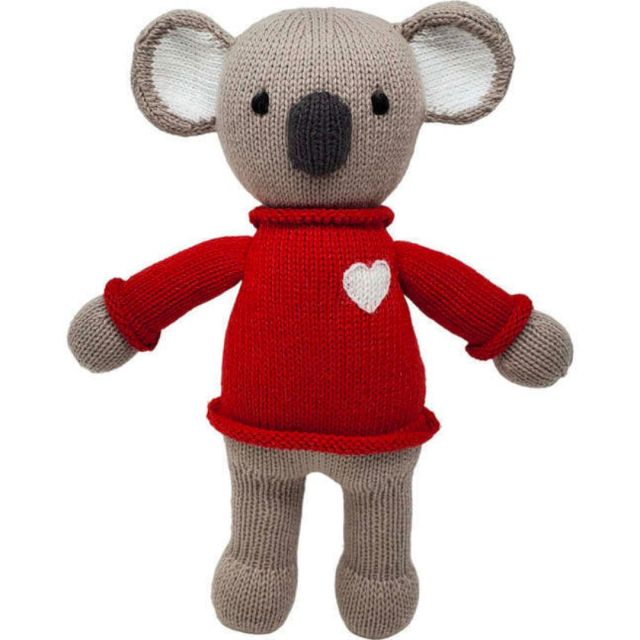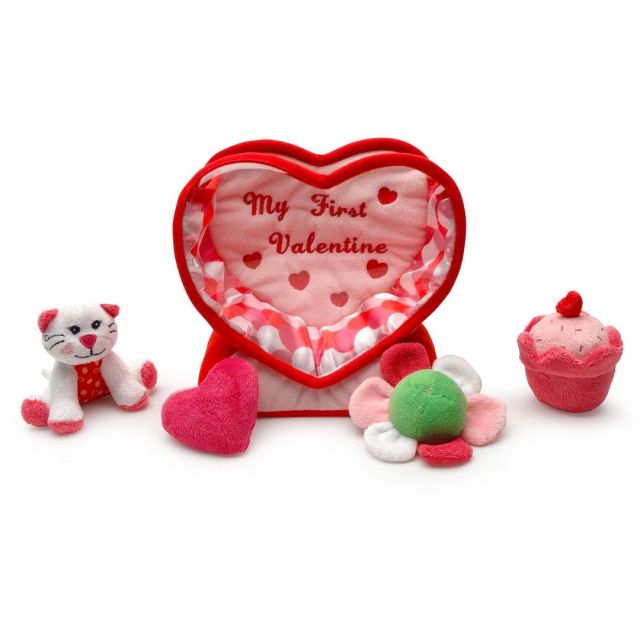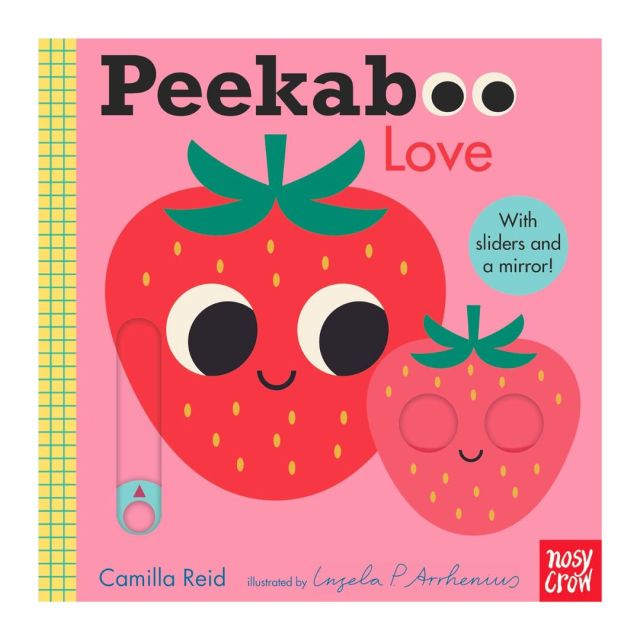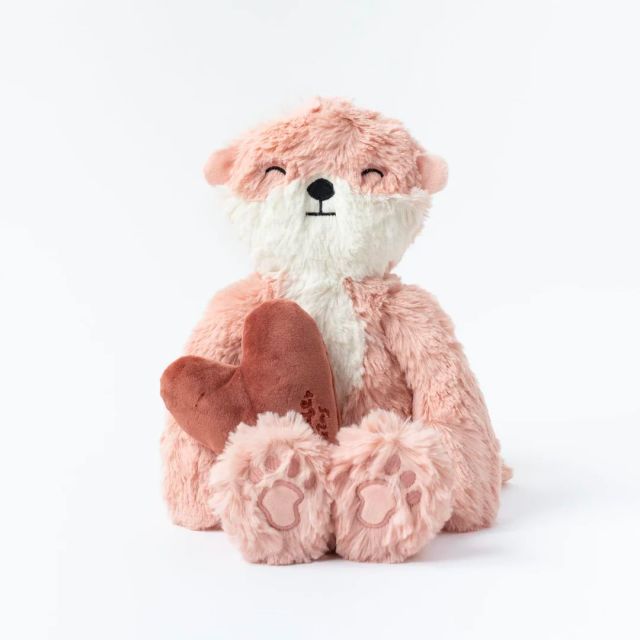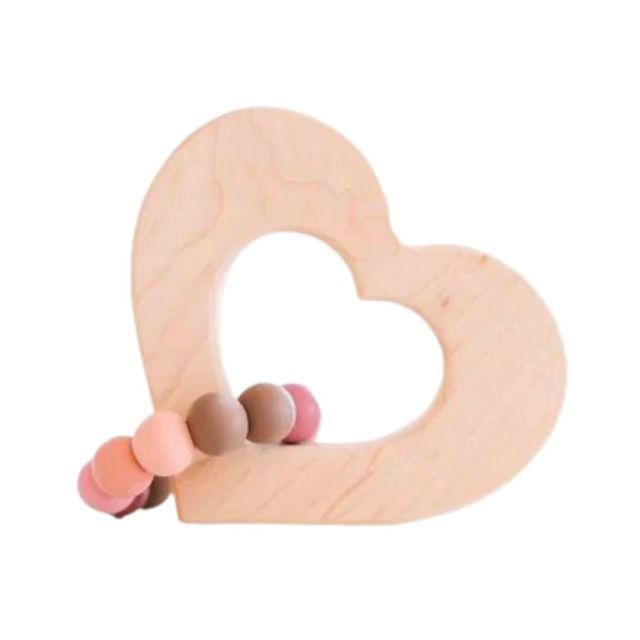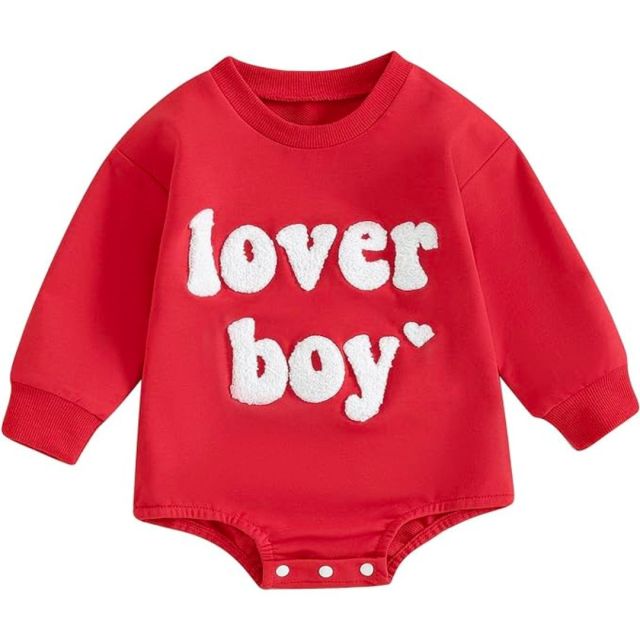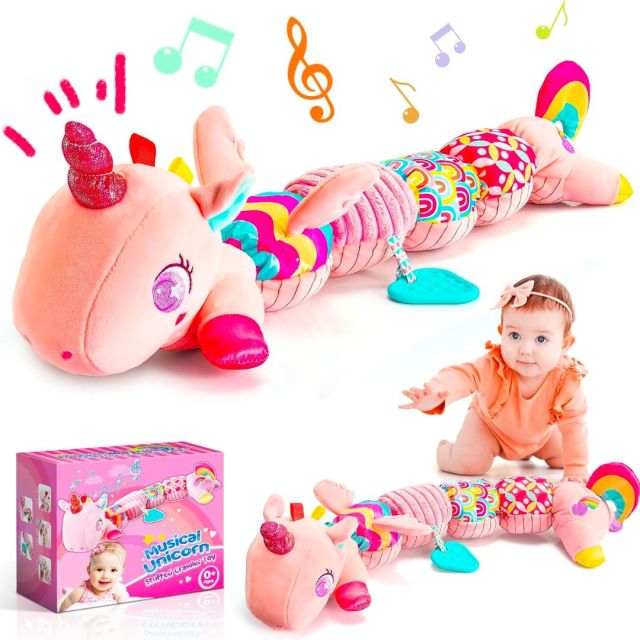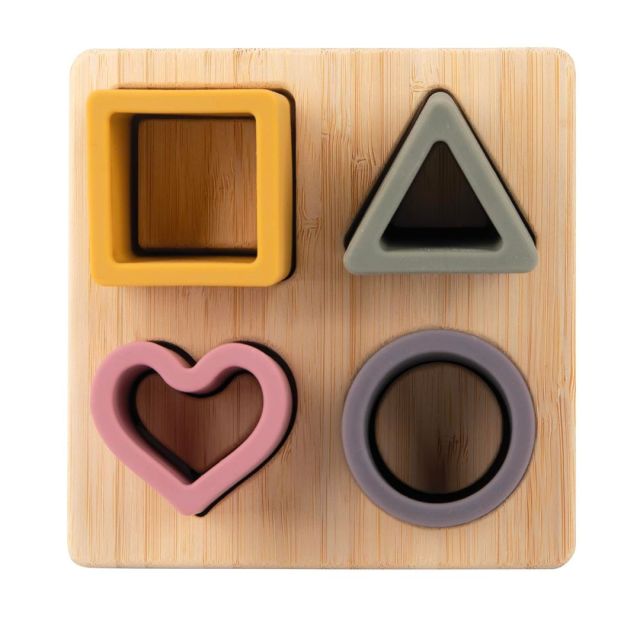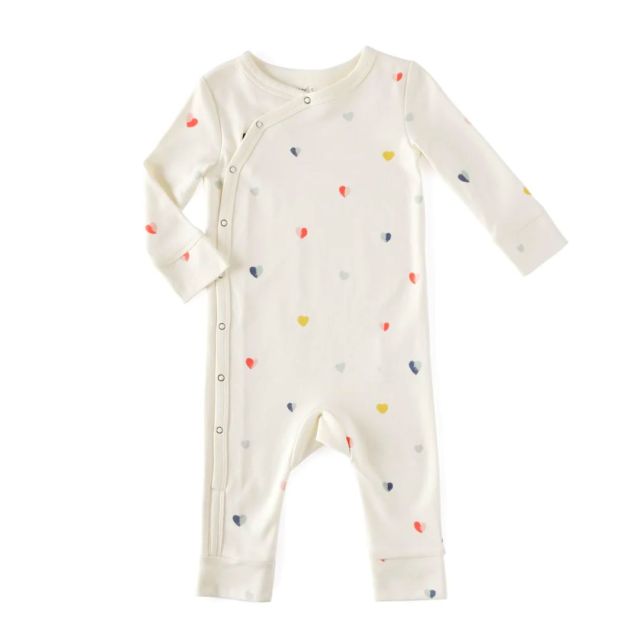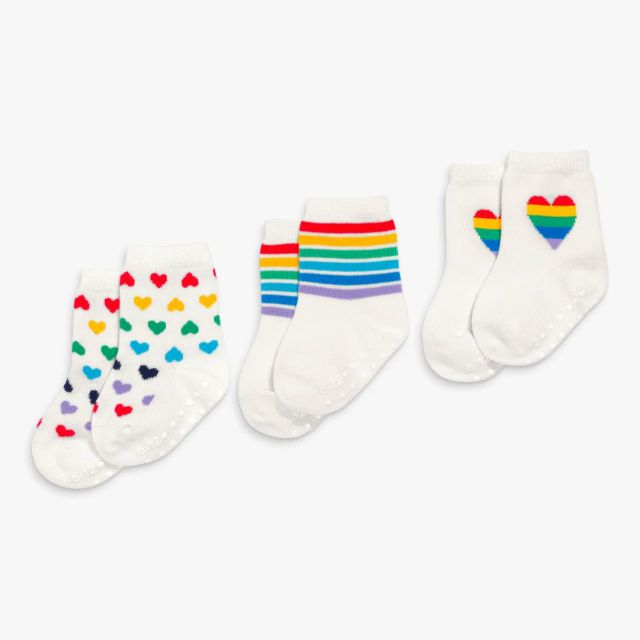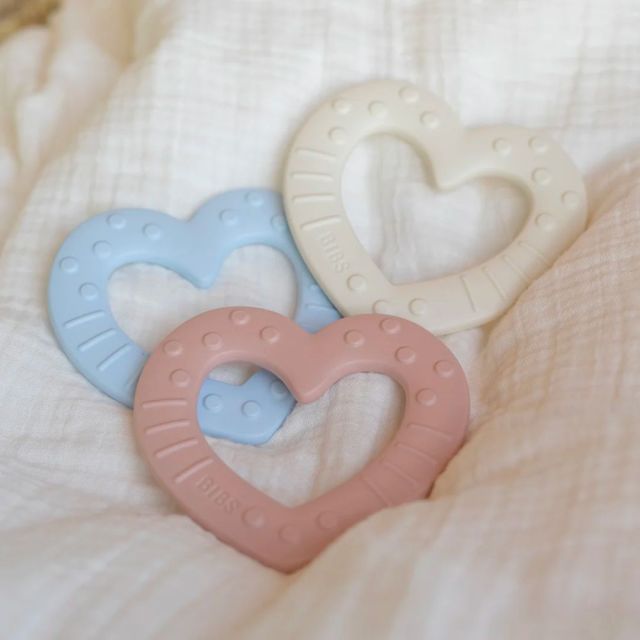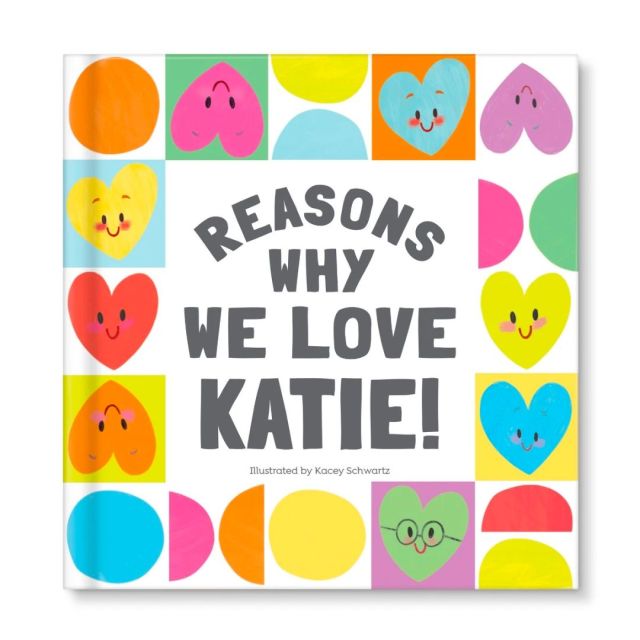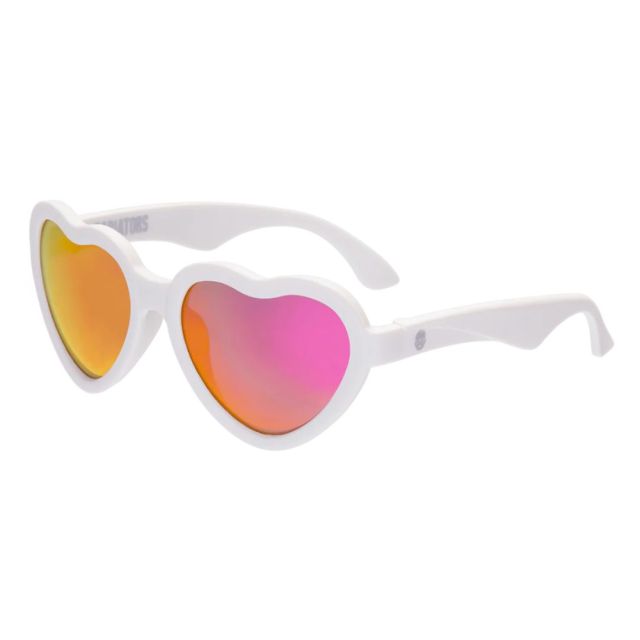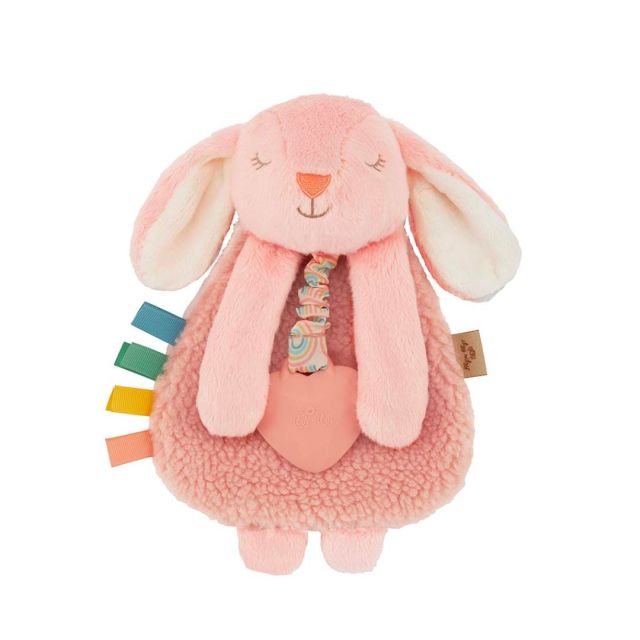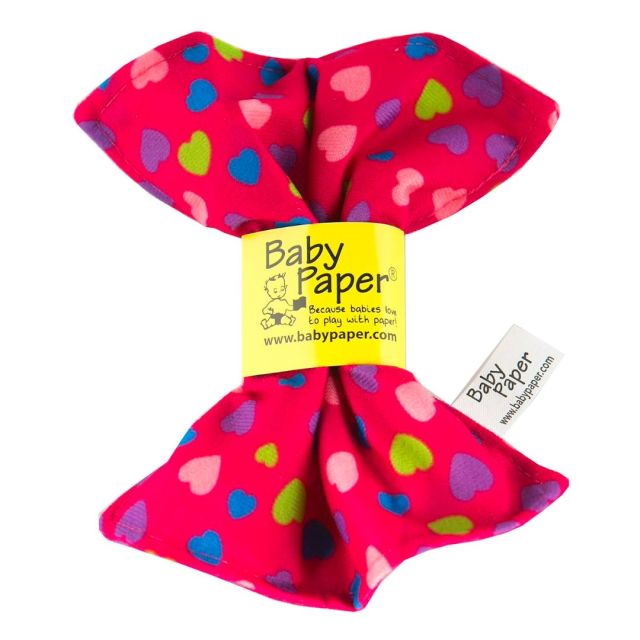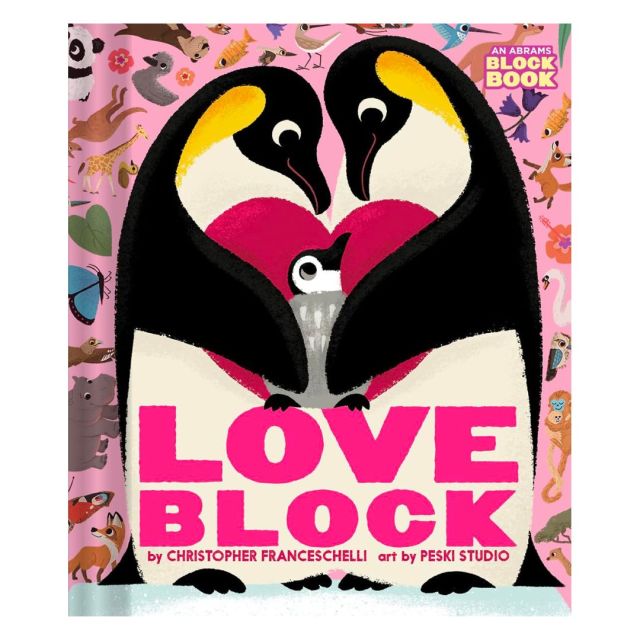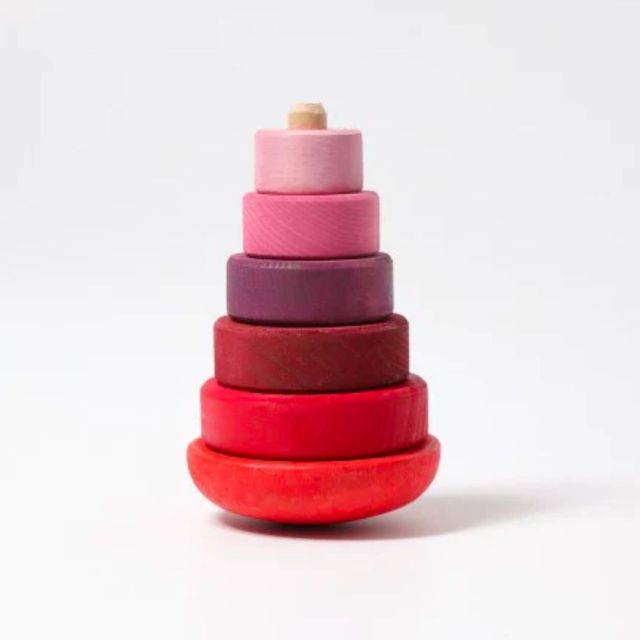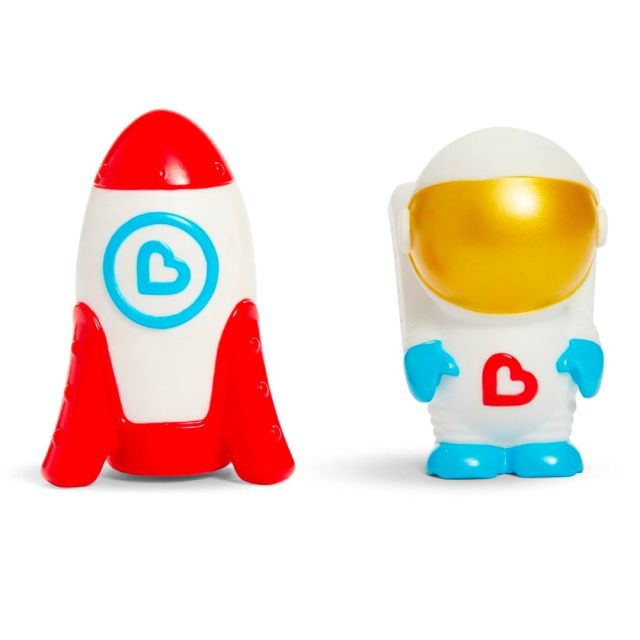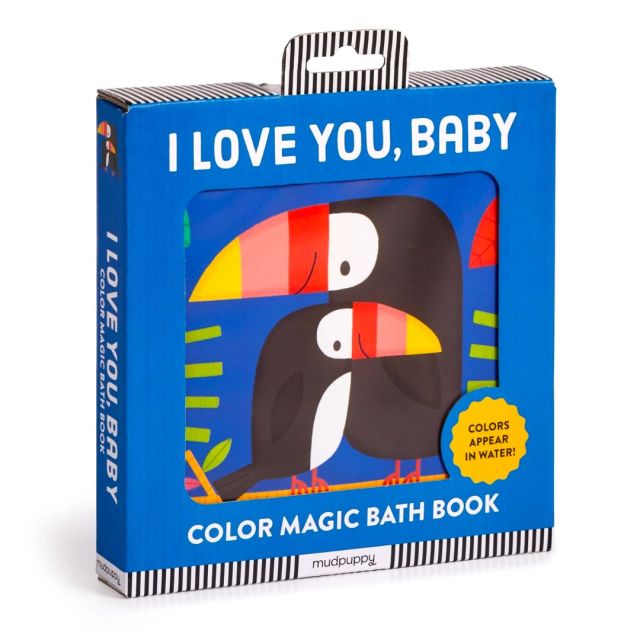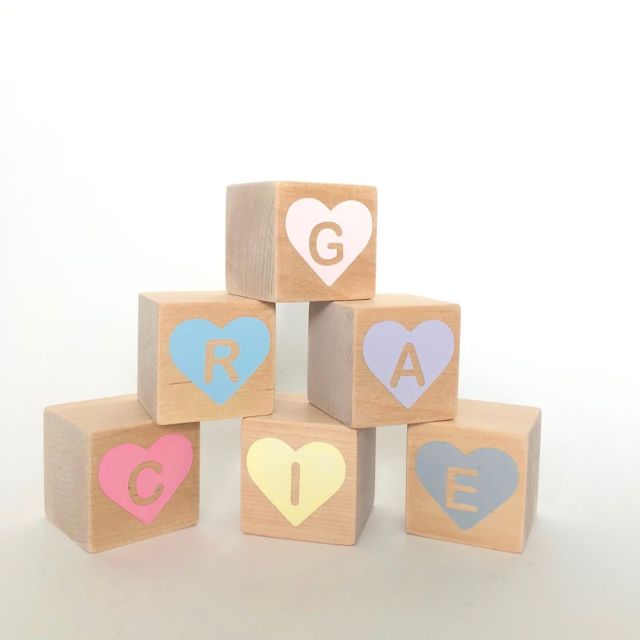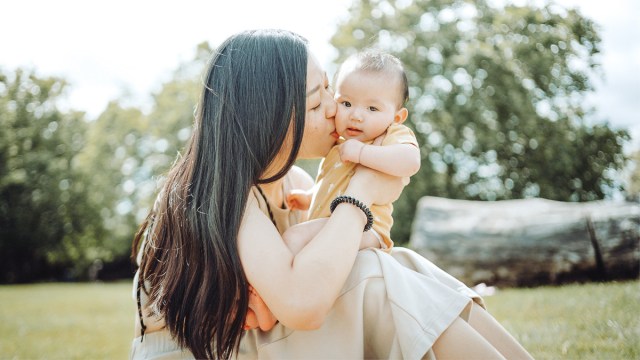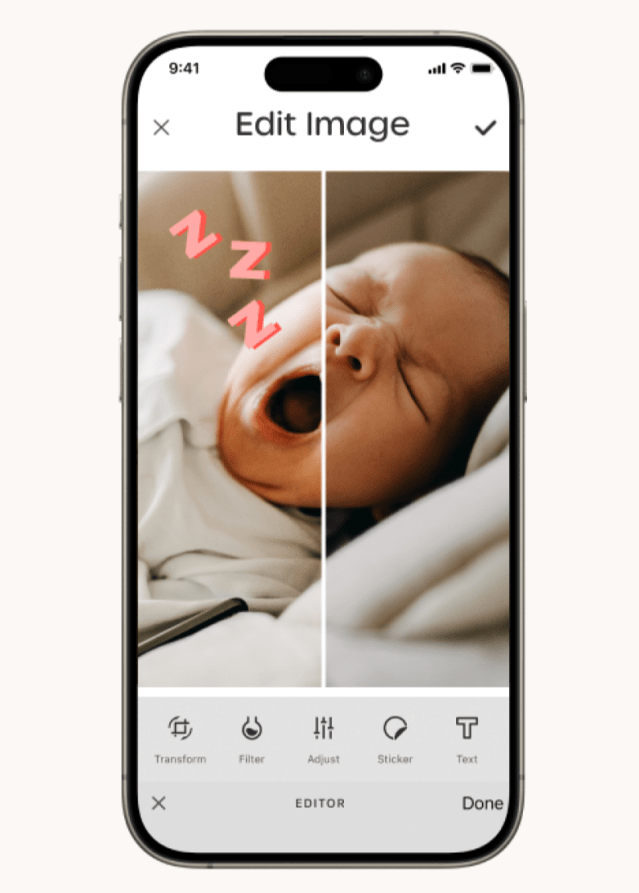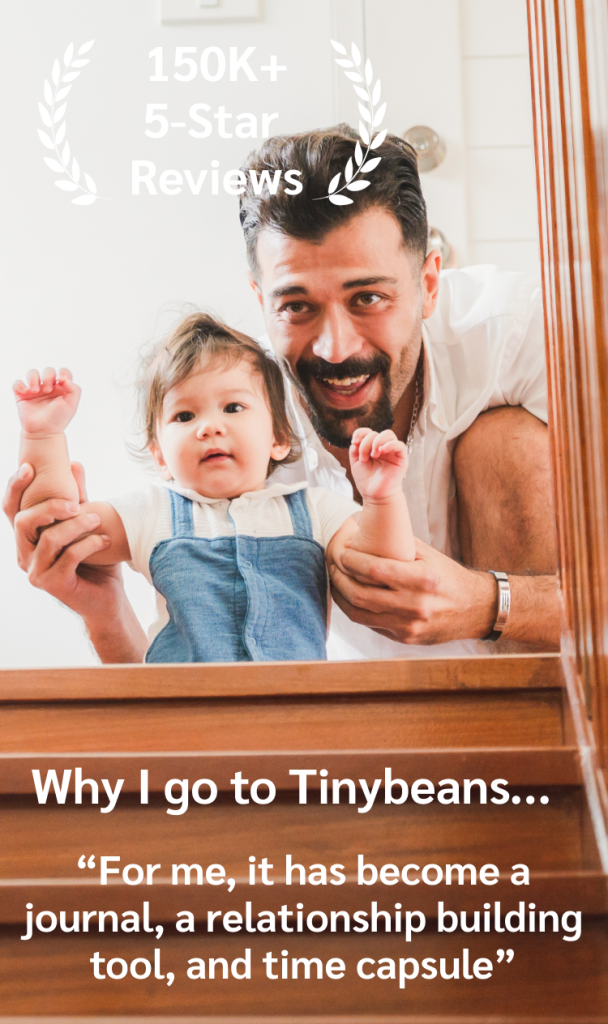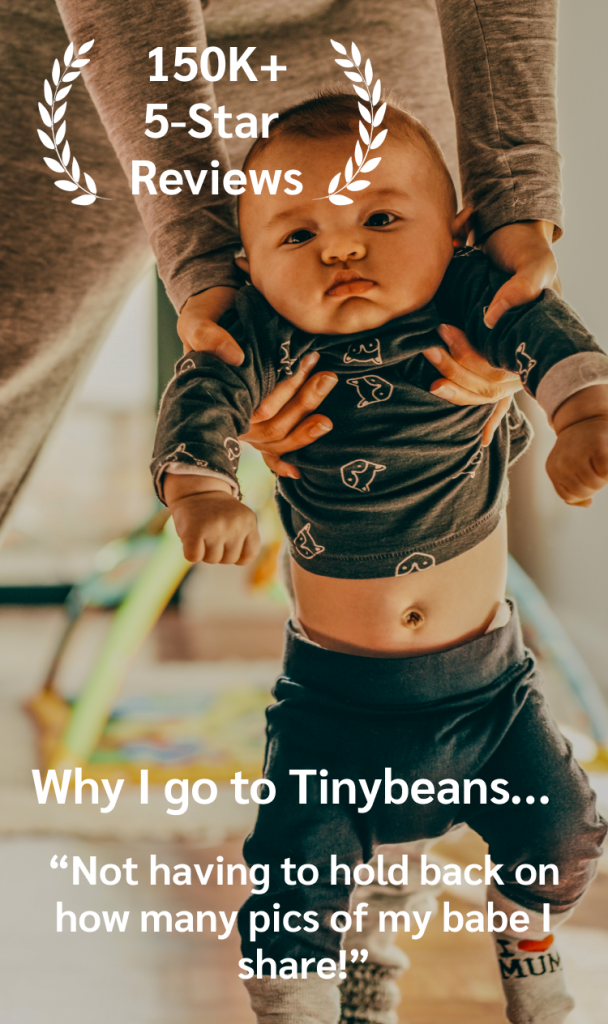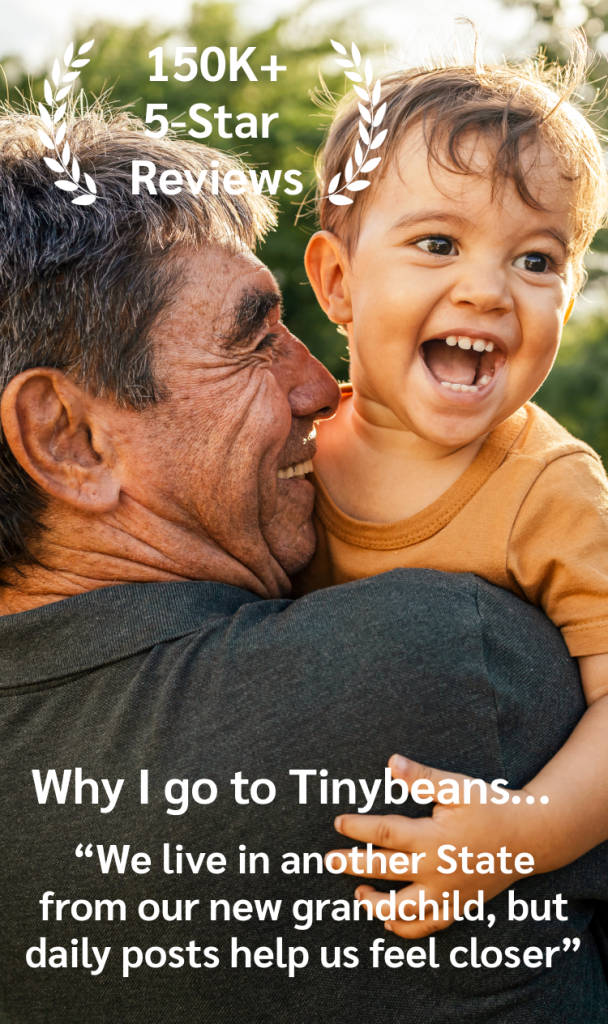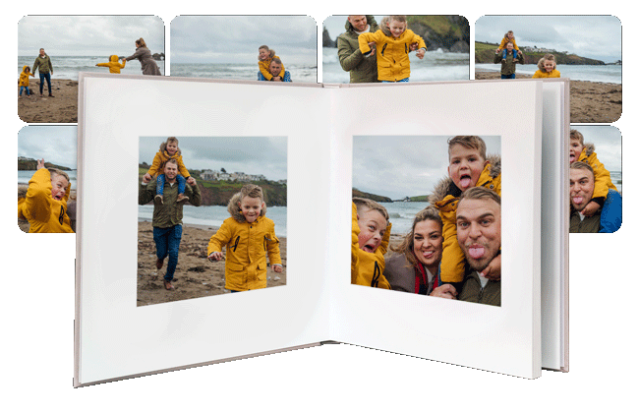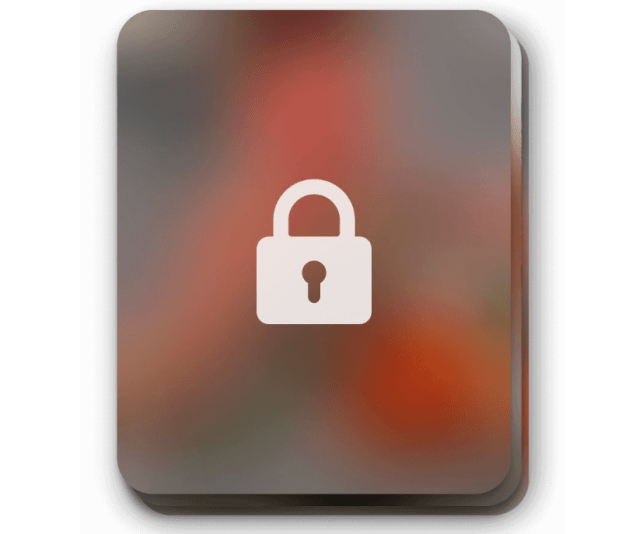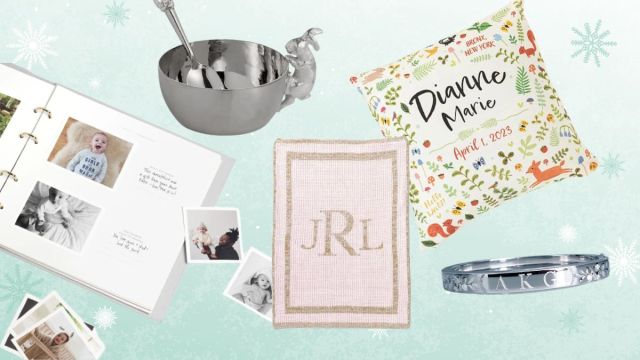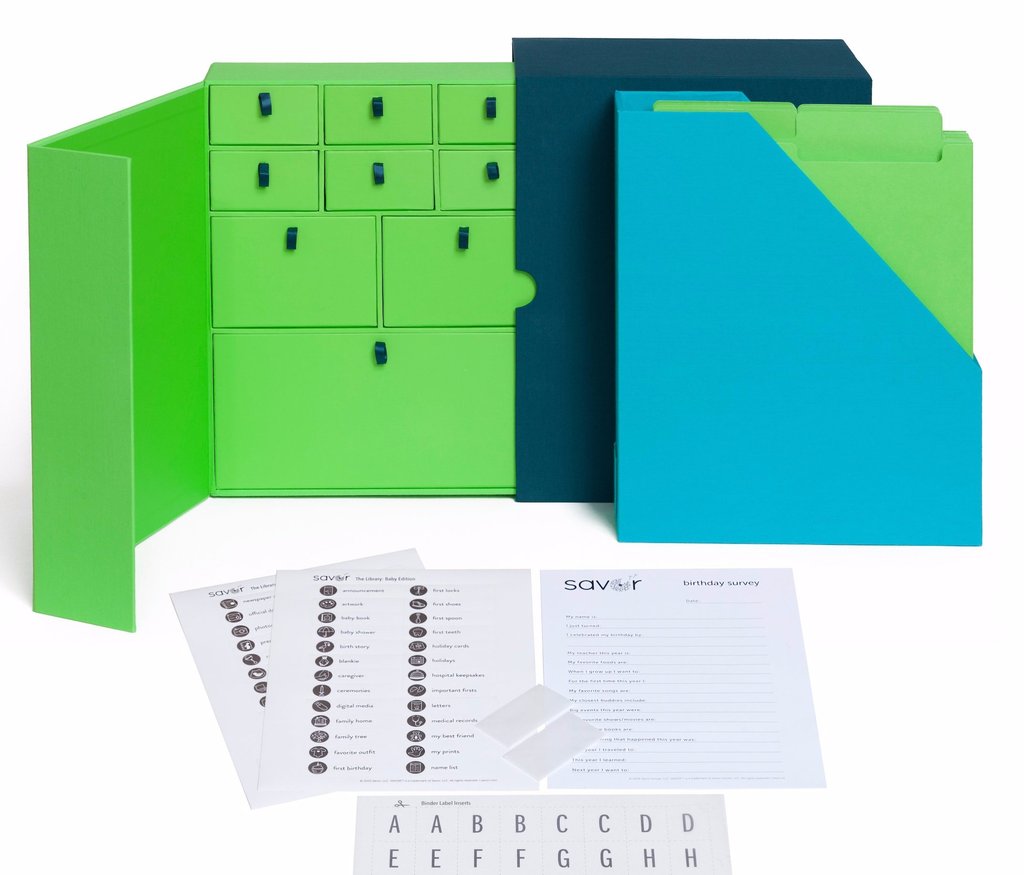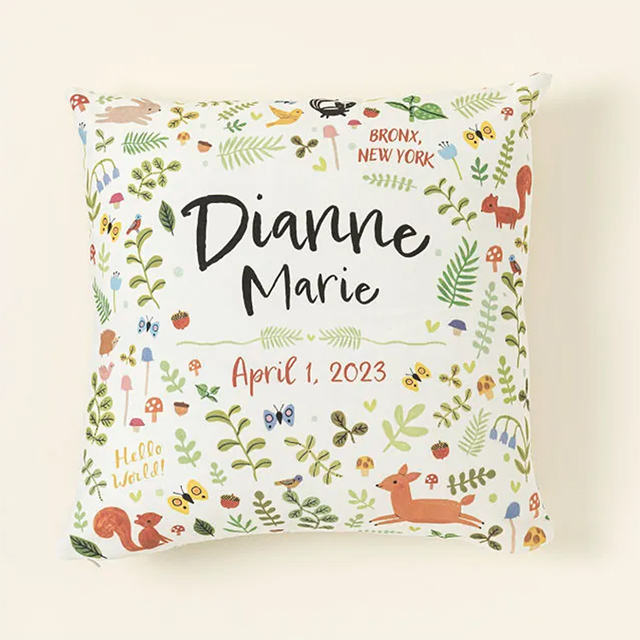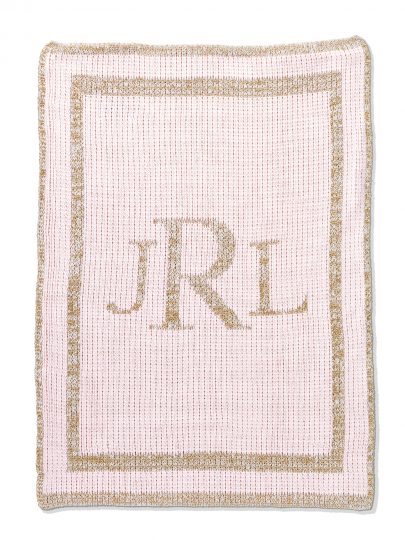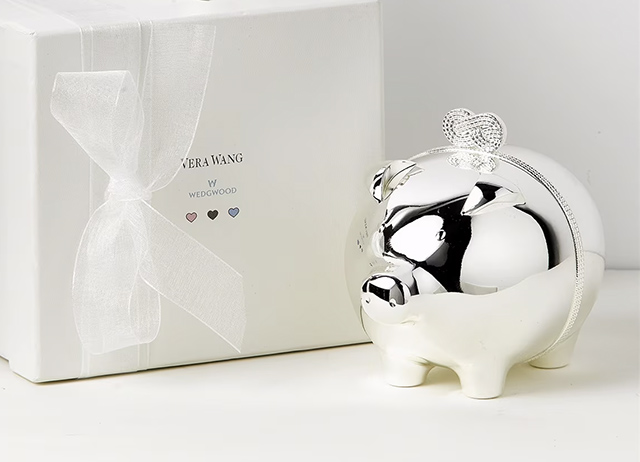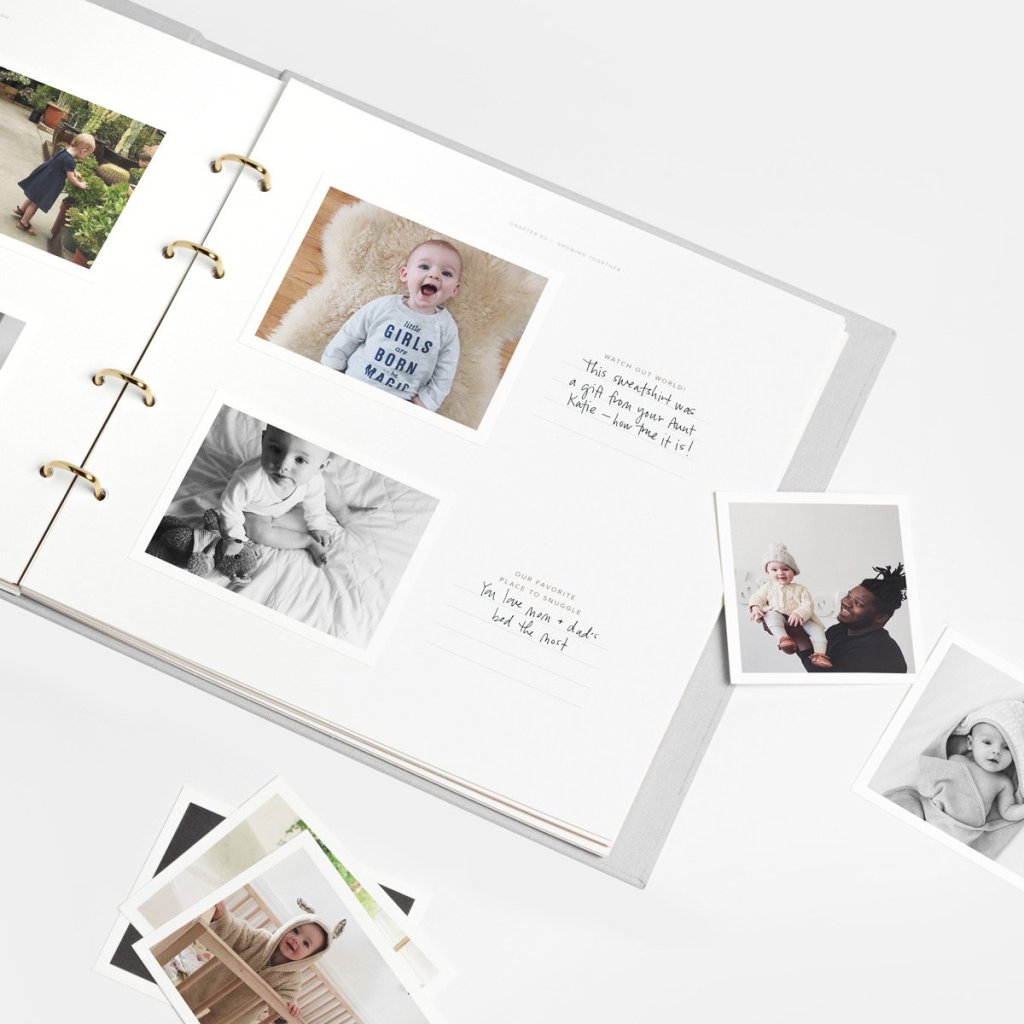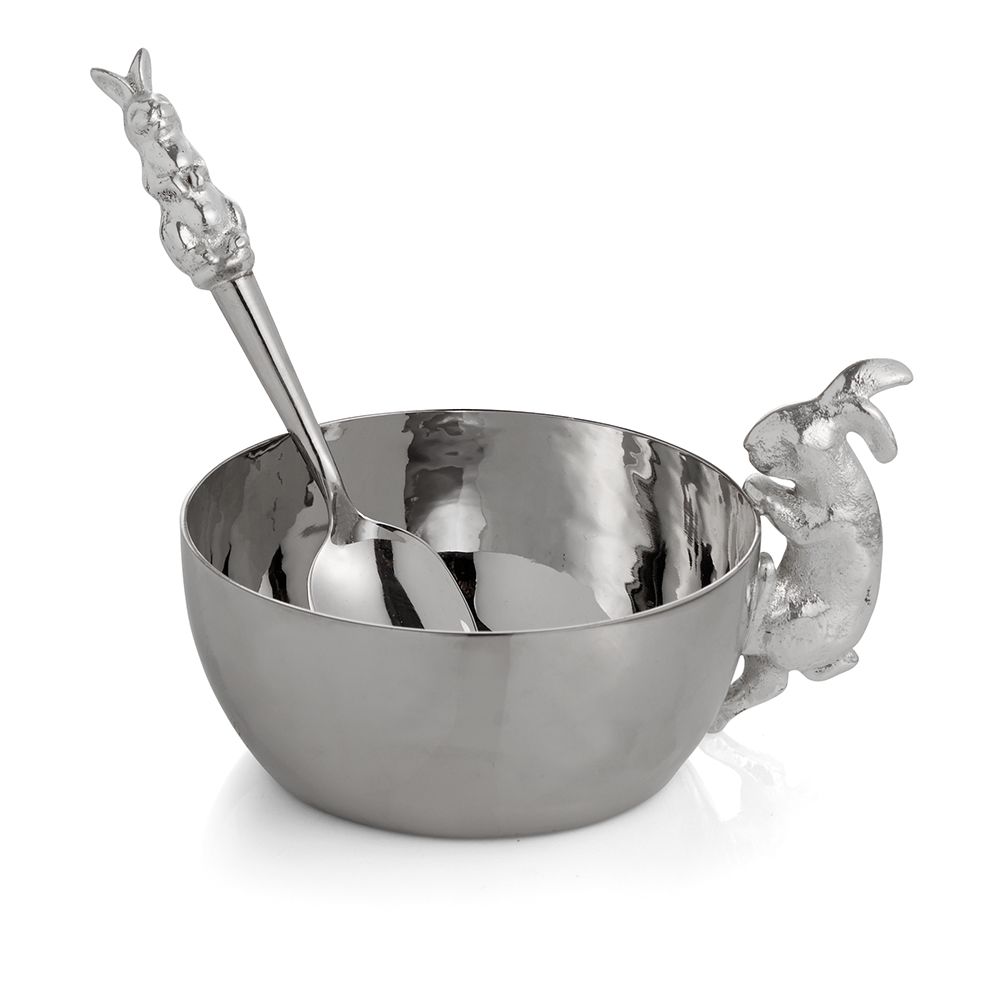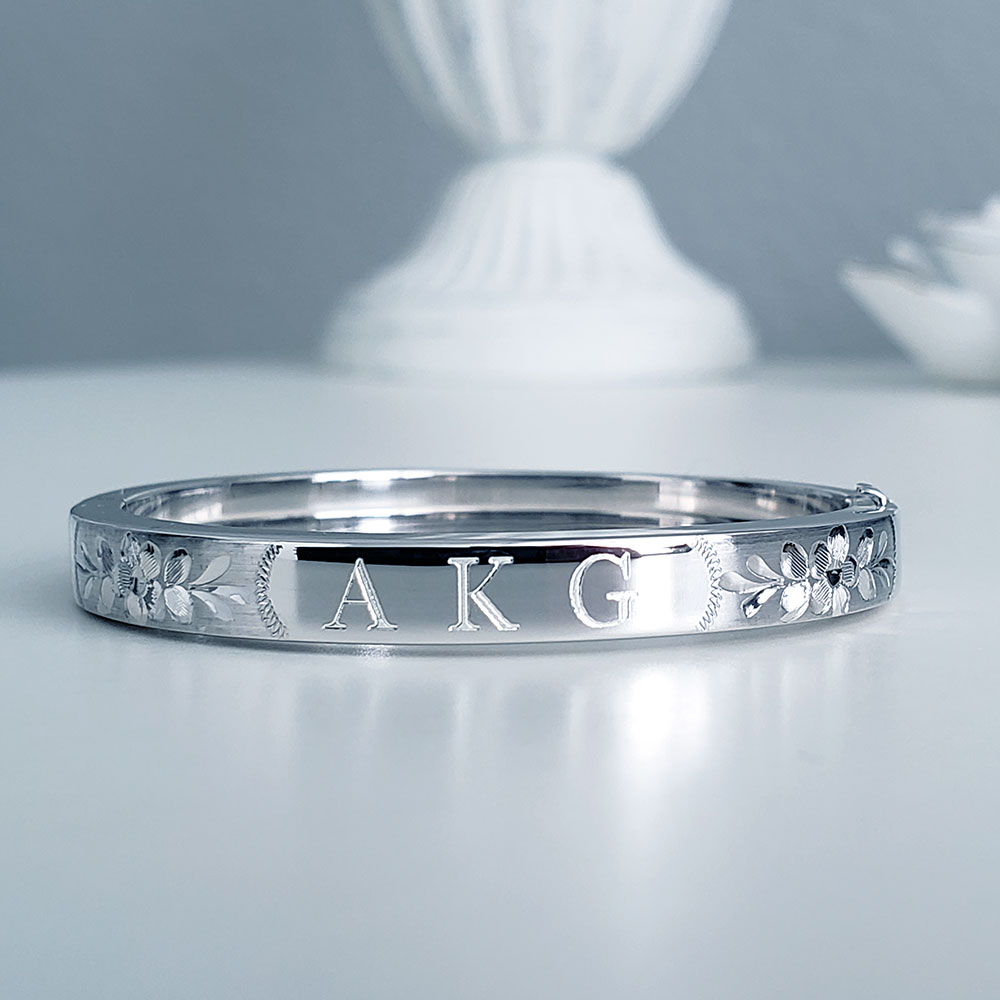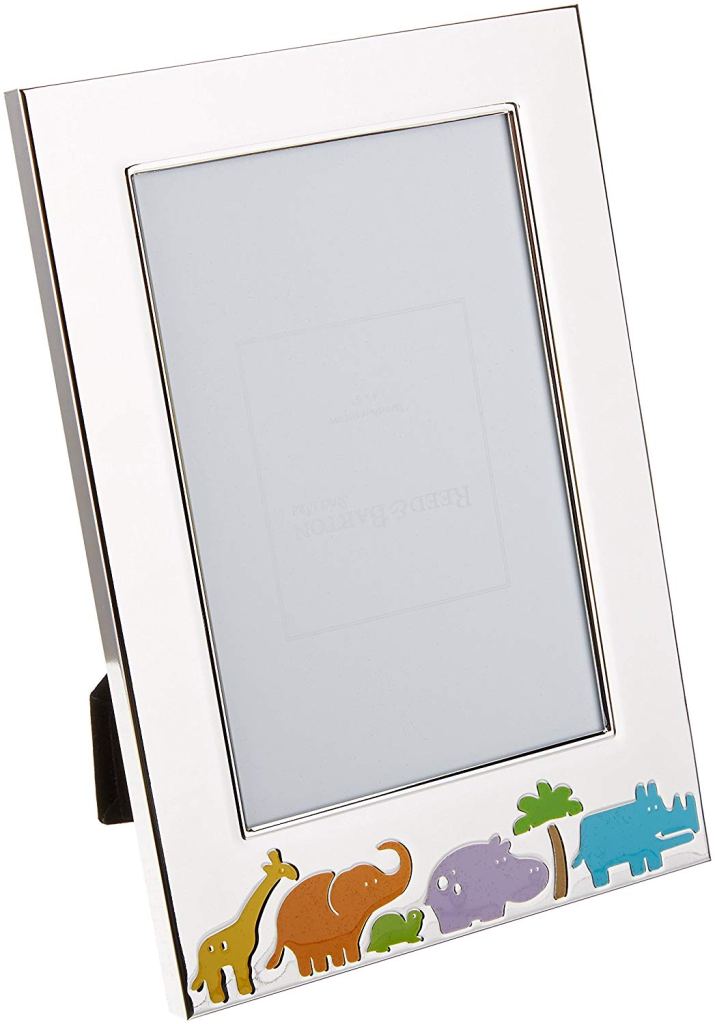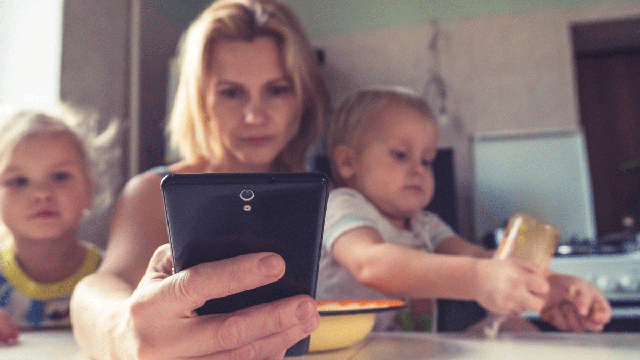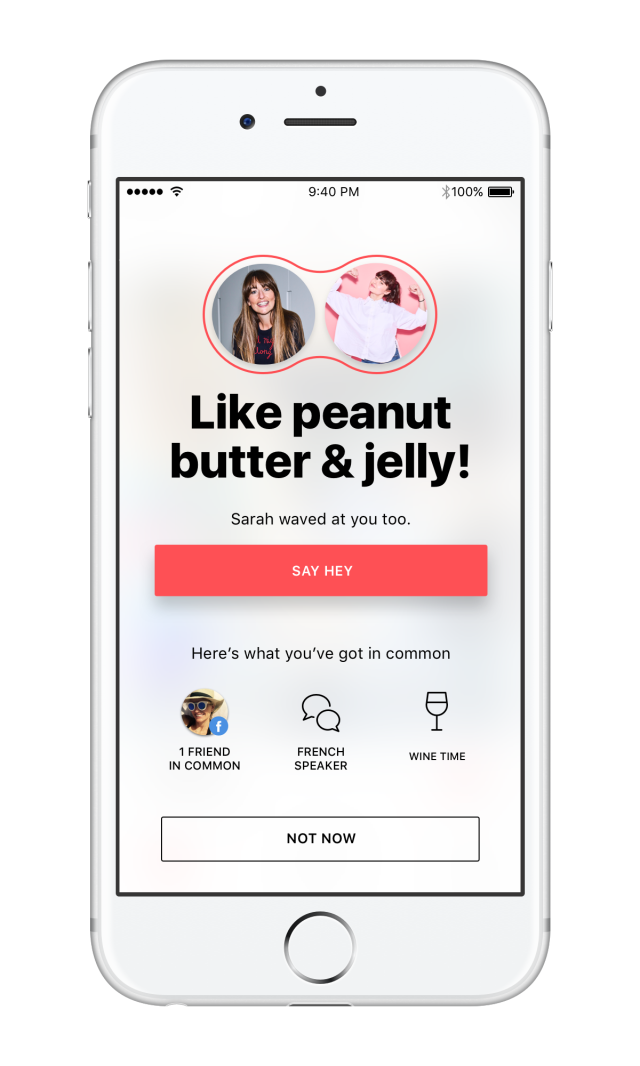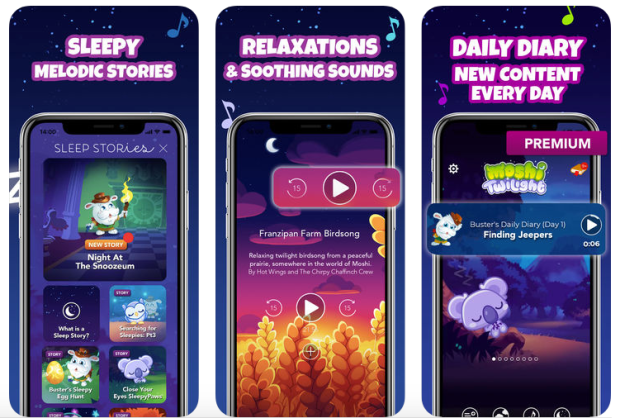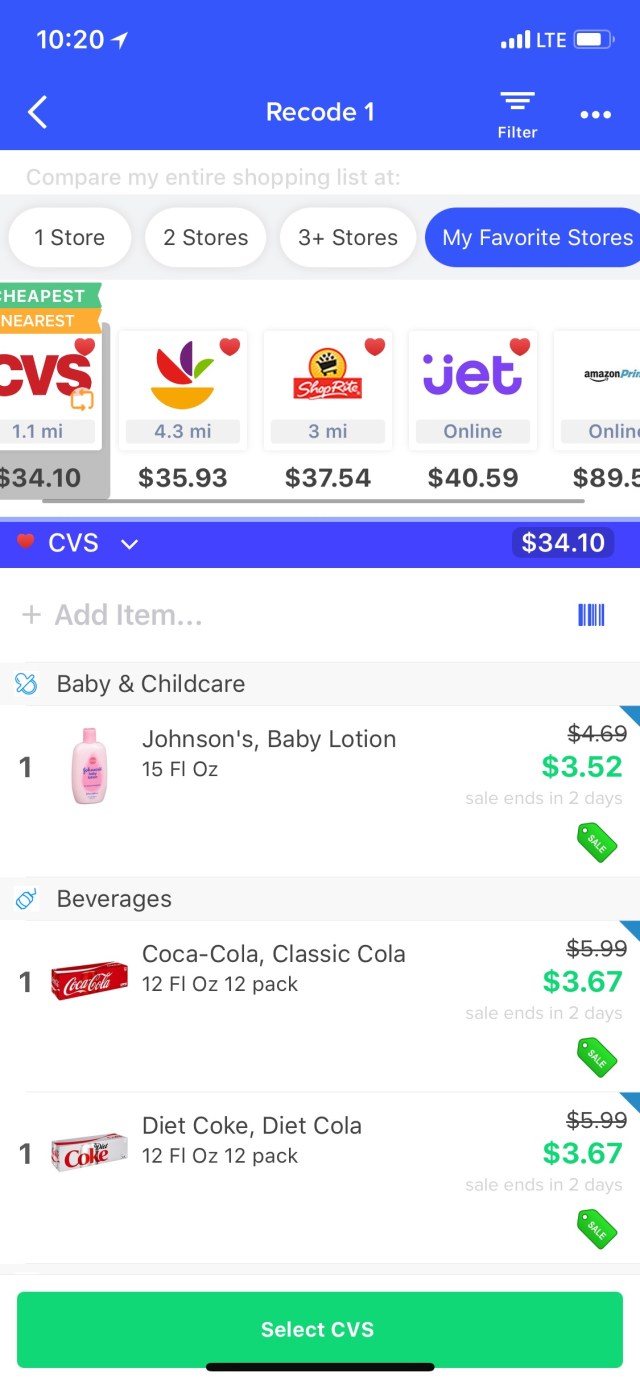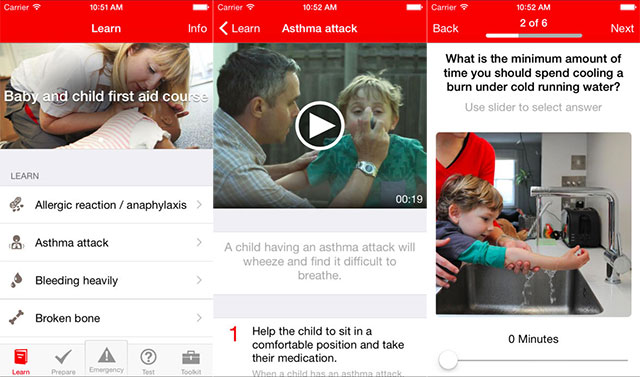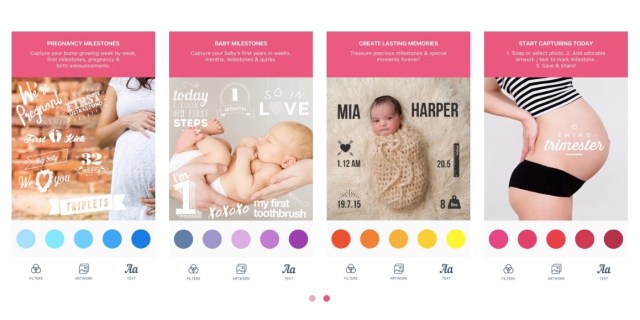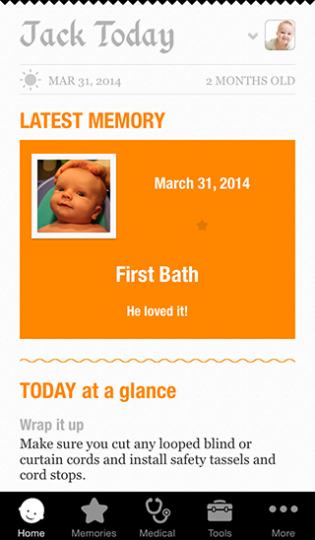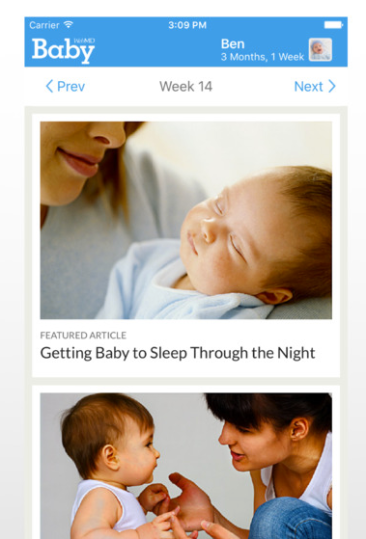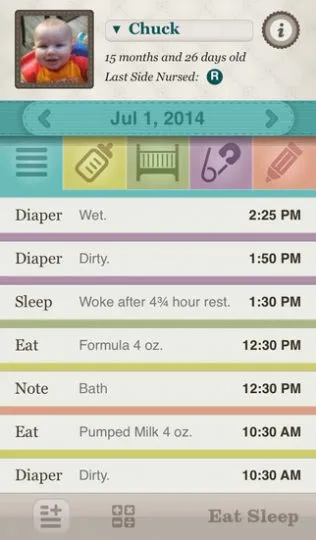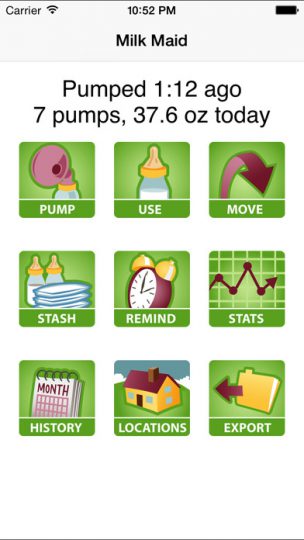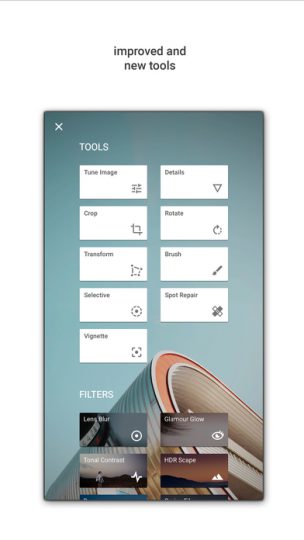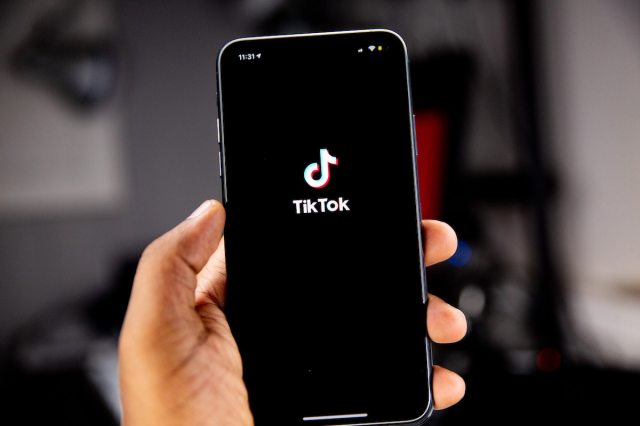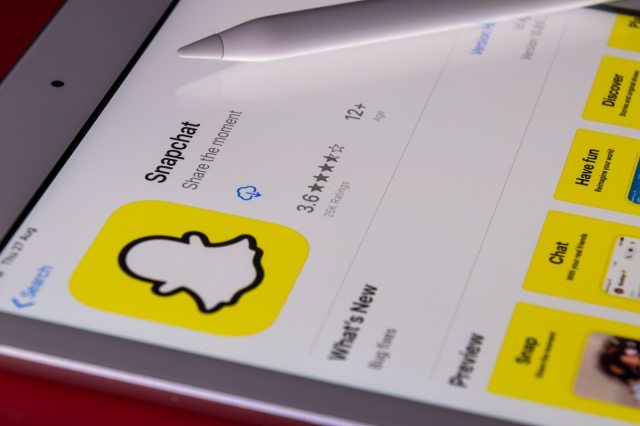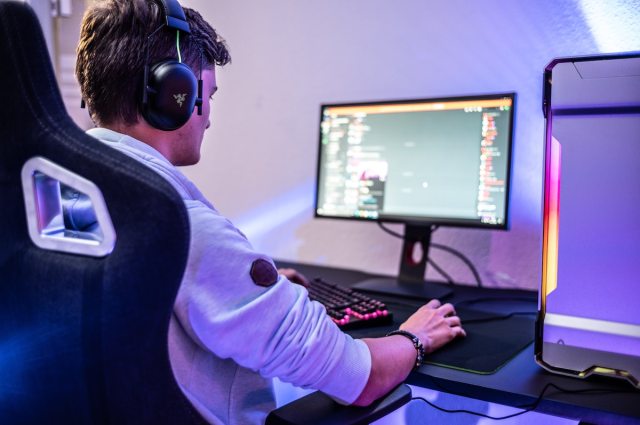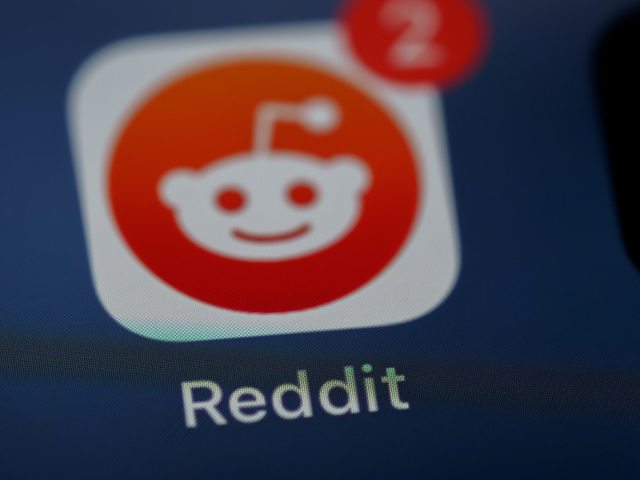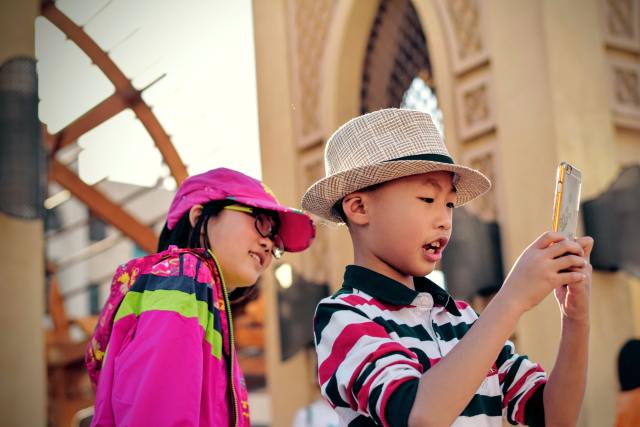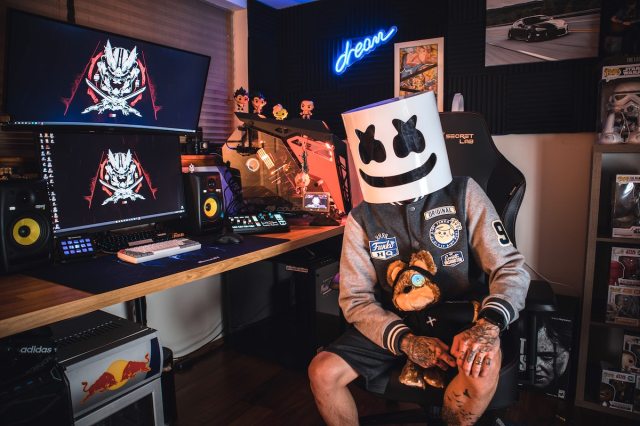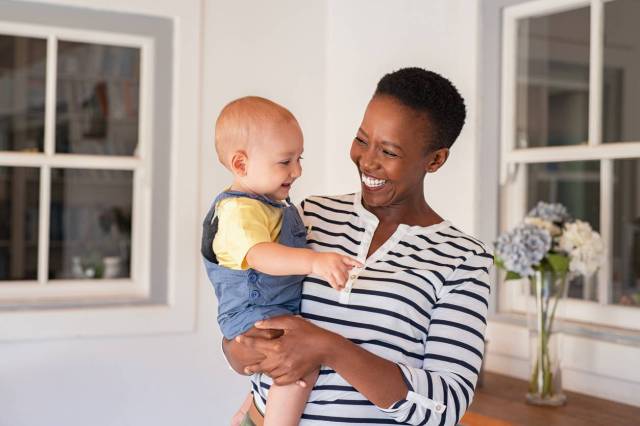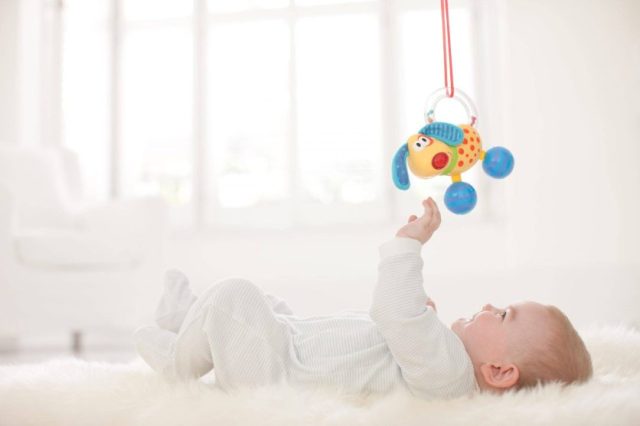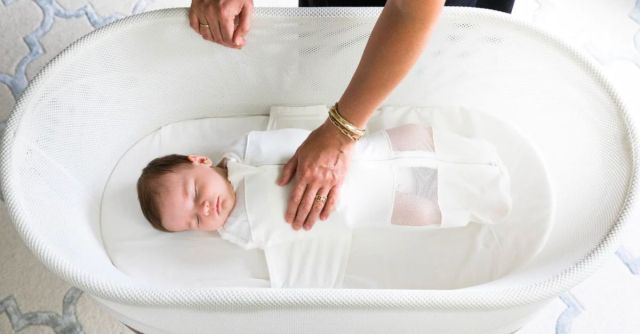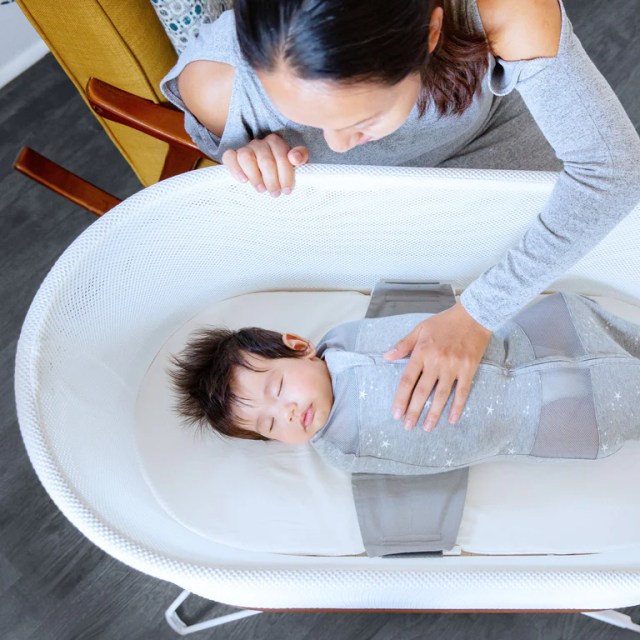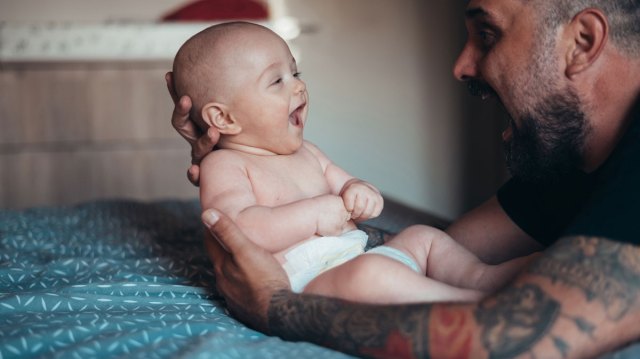Families are so spread out these days that many of us have to get by with a little help from our friends—and our apps (it is the 21st century, after all). But with so. many. options out there it’s hard to know which are the best apps for moms and dads to help make our lives a little easier.
For new parents bringing home their first baby, it’s wildly overwhelming to know how to track feeding schedules, diaper changes, sleep schedules, and milestones (that notebook you were using at the hospital isn’t going to cut it—something I learned at our first pediatrician’s appointment when I couldn’t read my own exhausted handwriting). As your baby gets older, you’ll need to know where all the good playgrounds are, how to create the cutest photo books, and somehow find play inspo for your kid’s ever-changing age and stage. And let’s not forget that moms need to find mom friends to add to their village; there’s an app for that, too.
They say necessity is the mother of invention, and this list proves it. Here are 10 family apps that parents are using right now to make their lives easier.
Sharing photos and making baby books: Tinybeans
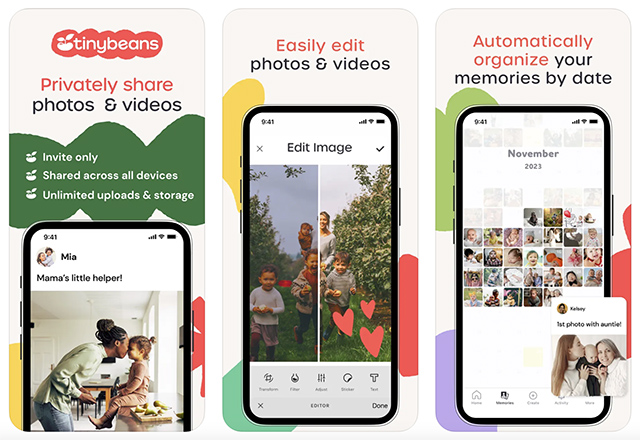
Some families have cities, countries, or even oceans between them and it’s a struggle to stay connected. If you’re looking for a secure way to share photos and videos of your littles with family and friends, look no further than, well, us! Not only does Tinybeans let you capture and share memories without any of the safety concerns of social media, but it’s also a handy milestone tracker and source of parental ideas and inspiration. You can grab your best posts and easily create beautiful photo books directly through the app. And don’t worry, Tinybeans prompts you to post if you aren’t a natural sharer, so we’ll keep those eager relatives off your back.
Cost: Free or paid (Tinybeans+: $74.99 per year or $7.99 per month) on Apple App Store and Google Play
Baby milestone tracking: The Wonder Weeks

Wondering why your happy babe is unusually grumpy or has suddenly become a stage-5 clinger? Enter The Wonder Weeks app, based on the popular book by the same name. What your baby is probably experiencing is called a “leap”—a period of rapid developmental gains that can throw your little one for a loop (there are 8 of these in baby’s first year). The Wonder Weeks app gives you peace of mind and information on how to best support your kid during these developmental leaps. All you have to do is tell the app your child’s birthday, and you’ll receive alerts prior to each leap and advice on how to handle them.
Cost: $5.99 on Apple App Store and $6.49 on Google Play
Feeding: Solid Starts

Starting solids is a game changer—a new activity to add to your routine, those adorable scrunched-up faces when baby tries new foods, and getting to drop a few of those breast or bottle feeds (bless!). But there are also so many questions when it comes to nutrition, safety, and which foods your baby should have based on their age. Solid Starts makes this entire process much easier for parents who are interested in baby-led weaning, putting everything you need to know about starting solids right at your fingertips. This includes information about more than 200 foods, including how to prepare them based on age and which are potential allergens, which you can access in the free version. If you pay, you can also keep a food log that records your baby’s progress, make lists, document reactions and sensitivities, and access a searchable database with more than 300 recipes.
Cost: $1.99 per month or $9.99 per year on the Apple App Store and Google Play
Sleep schedule: Huckleberry Baby
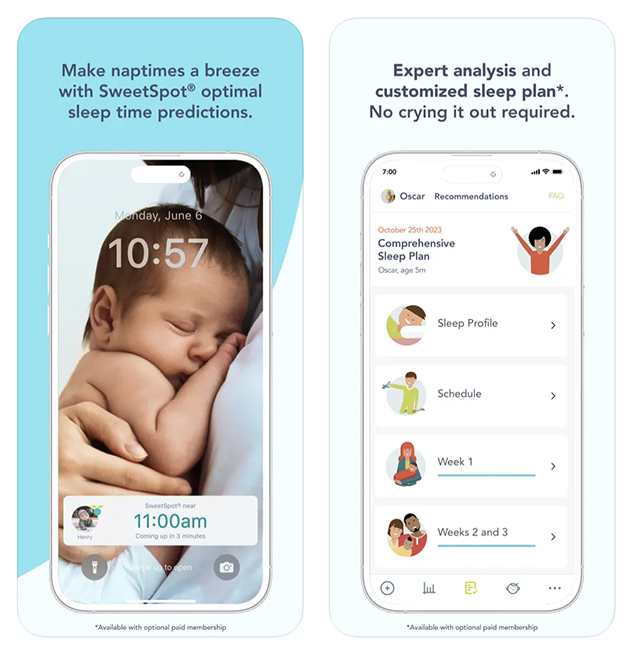
Your friends with kids have probably prepared you for how much time you’ll spend obsessing over your baby’s sleep. From wake windows to sleep cues and, later, sleep training, there’s so much to think about. Enter Huckleberry Baby, which takes the guesswork out of your baby’s sleepy time to help tired parents everywhere get more Zzz’s. The free version tracks your kid’s sleep and eating sessions, but parents who need more support can pay for Huckleberry experts to customize a unique sleep plan for each and every family. There’s no generic advice and no crying it out, per the app website. It helps you discover your “child’s natural rhythm” and takes the guesswork out of creating a sleep schedule that works for everyone involved, from newborns through three years old. No wonder it’s got thousands of 5-star ratings.
Cost: Free or paid (Huckleberry Plus: $9.99 per month or $58.99 per year and Huckleberry Premium: $14.99 per month or $119.99 per year) on Apple App Store and Google Play
Family organizer: Cozi
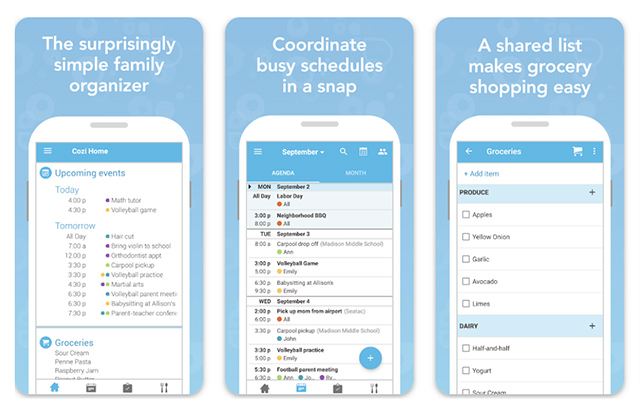
Choir practices and baseball games and gymnastics… oh my. If you’ve entered your glorified chauffeur era, you know how crucial it is to track where every kid needs to be whenever they’re not at school. And most importantly, all drivers, I mean parents, have to be on the same page. Cozi takes the guesswork out of family organization by offering a way to track the whole family’s activities in one place. Family members are color-coded so they know who needs to be where at a glance, and you can share the grocery list, to-do list, meal plan, and more—so it all doesn’t fall on one person (we know who that would be).
Cost: Free or paid (Cozi Gold: $19.99 – $39 per year) on Apple App Store and Google Play
Meeting other moms: Peanut
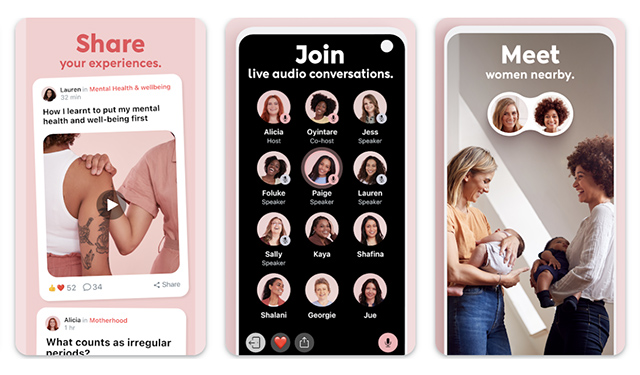
Those long, monotonous days of early motherhood can feel so lonely and the best salve is meeting other moms who are going through the same things you are. While some parents are able to wing it and make friends at the museum or the playground, others need a little help. Peanut is basically like Tinder for moms looking to make friends. You can search for your future bestie based on age, location, where they’re at in their parenting journey, and more. The app’s groups and communities let you build relationships with other parents who share your interests. And if you need a little mom advice this is an alternative to your Facebook moms group, which we know can be a tad…dramatic at times.
Cost: Free and paid (Premium features from $3.99 to $79.99) on Apple App Store and Google Play
Groceries and meal planning: Plan to Eat
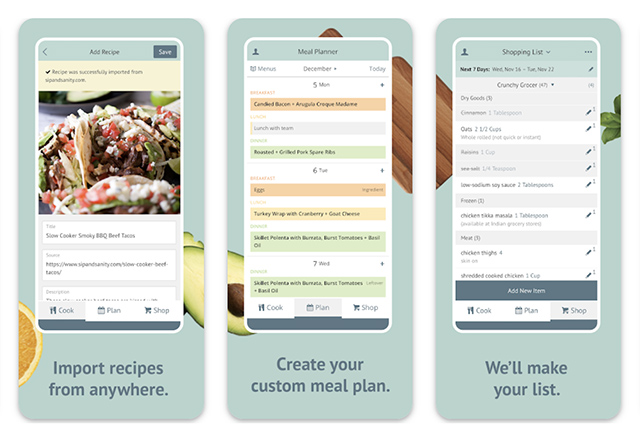
When you have the Plan to Eat app, you’ll at least spend less time staring aimlessly into an empty refrigerator wondering what in the world you’re going to cook for dinner. This app is a quick and easy way to plan your grocery trips and meals for the week. You can choose and upload recipes from anywhere on the web and a shopping list is automatically created for you in the app with items sorted by store and aisle. You can also categorize all your recipes any way you want and you won’t be stuck searching Pinterest or your old handwritten recipe cards ever again.
Cost: Free or paid ($5.95 per month or $49 per year) on Apple App Store and Google Play
Music and audiobooks: Spotify
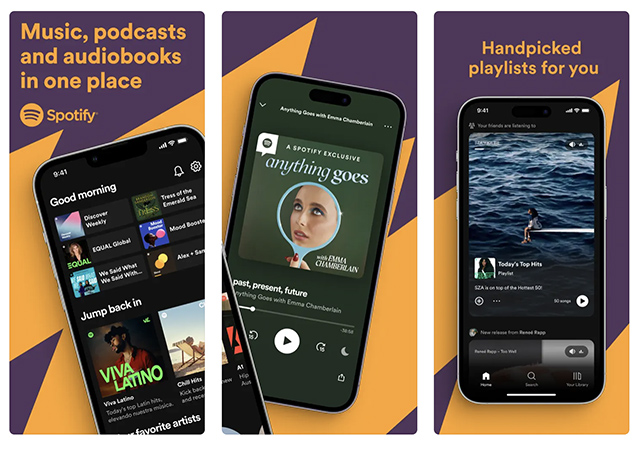
The Spotify app is a lifesaver that the whole family can enjoy, from impromptu dance parties and keeping kids occupied in the car to podcasts and audiobooks for everyone. Ever tried doing storytime without even picking up a book? On particularly exhausted nights, Spotify’s storytime podcasts do the trick—or you can search audiobooks from Dr. Seuss, Peppa Pig, Robert Munsch, and more. And oh the playlists you’ll make: a “bedtime playlist,” a “car playlist,” or, if you’re like my 5-year-old, a “Super Mario Brothers” playlist that features every Mario song known to man. The only downside of using Spotify to curate your favorite kid’s music is that it will kill your Spotify Wrapped, the app’s wildly popular and personalized year-end review. My most-liked song of last year was “Poopy Bum Bum.” You’ve been warned.
Cost: Free or paid ($16.99 per month for a premium family plan) on Apple App Store and Google Play
Play and activities: BabySparks
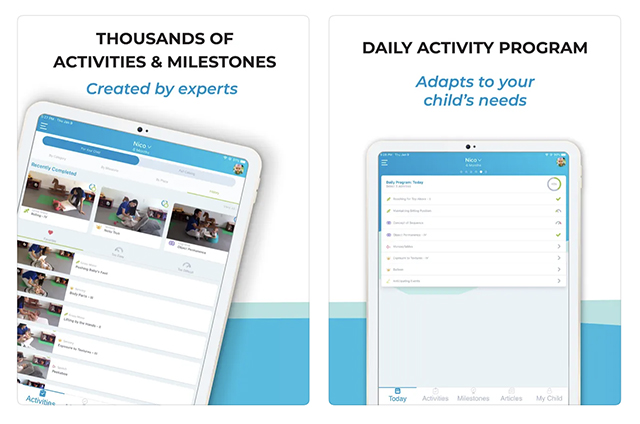
Sure your baby can very briefly entertain themselves by looking at shiny things, dangling toys, or just enjoying some tummy time, but if you’re looking to take your play to the next level and stimulate some brain development—or you’re flat out of ideas for how to play with your babe—the BabySparks app is a great place to start. The app features thousands of personalized activities and milestones for littles from infancy to three years old and a slew of virtual and on-demand parenting classes that cover nutrition, potty training, and discipline, plus 450 new articles added to the app every week. That’s a whole lot of info at your fingertips.
Cost: For 0-12 months, a one-time purchase of $7.99. Basic subscription is $4.99 per month or $29.99 per year and premium subscription is $19.99 per month or $119.99 per year on Apple App Store and Google Play
Tracking diapers, feeding schedules, and more: Baby Connect
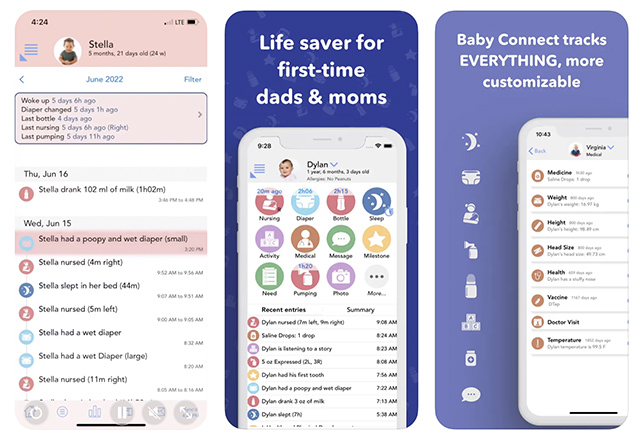
Baby Connect is the ultimate tracking app for all the tired newborn parents looking to monitor their babies’ feeding times and amounts, diapers, naps, bedtime, milestones, and more. You can review stats by the day, week, or even since birth if you need to, and then share the data with your partner and nanny. The best part? Say goodbye to the dreadful task of explaining everything you just did to someone else before you can take that much-needed break.
Cost: $4.99 per month or $119.99 per year for the family plan on Apple App Store and $6.99 to $164.99 on Google Play
Finding the best parks: Playground Buddy
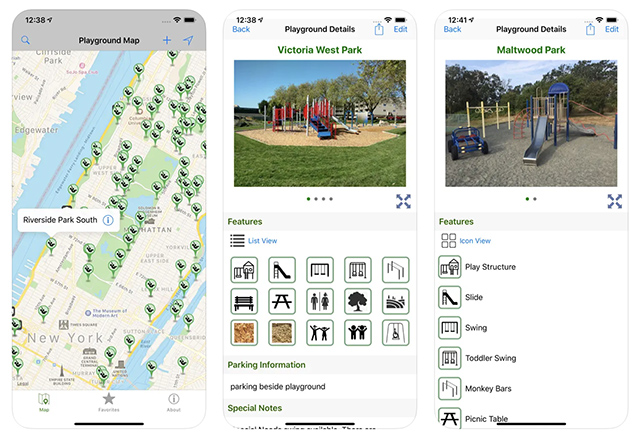
Once your baby is old enough to enjoy going to the park (and you’re ready to get out of the house more often) the Playground Buddy app is an invaluable resource that grows with your family. Perfect for toddlers and elementary-aged kids, this app provides a map of all the closest playgrounds, plus photos so you can see what they look like and what types of equipment they have (look out for baby swings!). You can also share the playground with others when planning playdates, even if they don’t have the app. You’ll have access to an encyclopedia of 400,000 playgrounds in 170 countries right in your pocket.
Cost: Free on Apple App Store and Google Play
